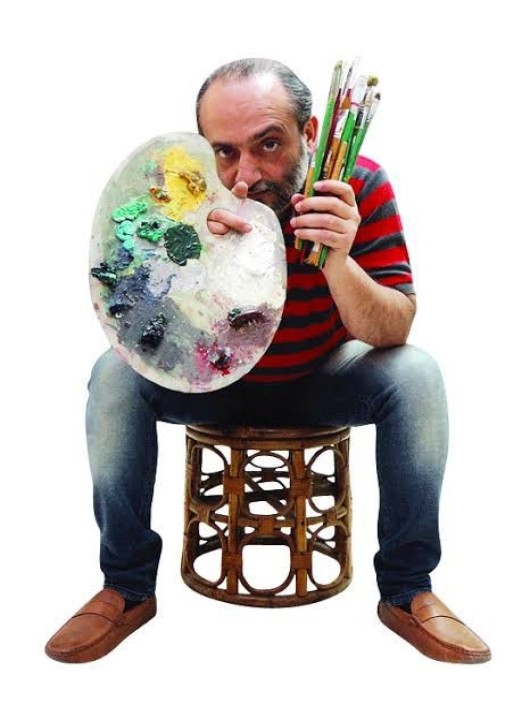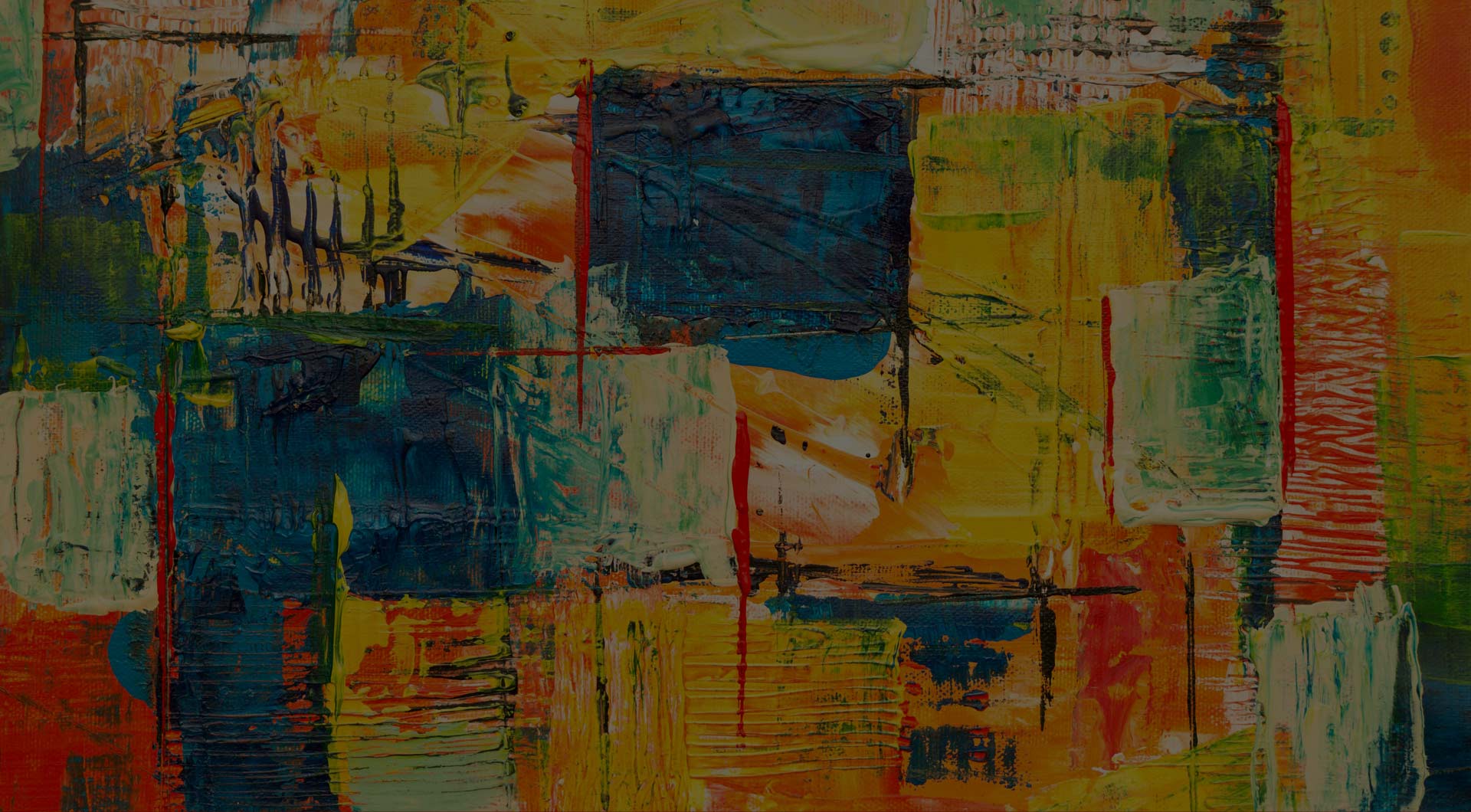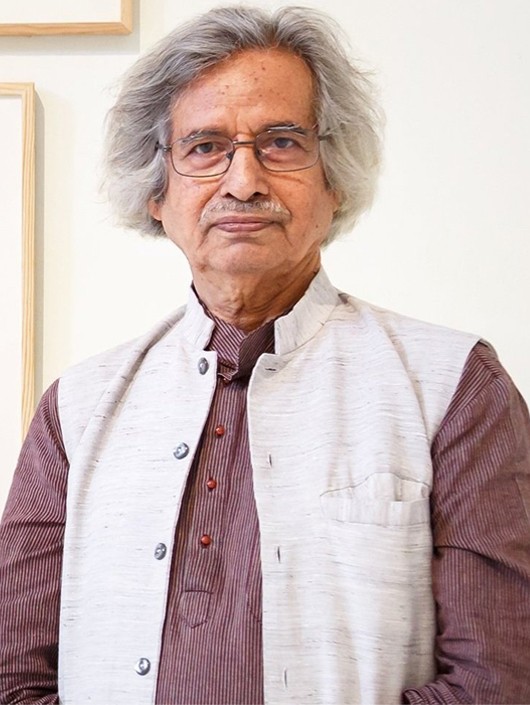Jogen Chowdhury, a distinguished Indian artist and activist, was born in 1939 in Faridpur, a region that now lies in present-day Bangladesh. He started his formal art education at the Government College of Art and Craft, Kolkata, which laid the groundwork for his artistic journey.
Seeking further artistic development, he moved to Paris and studied at the prestigious École Nationale Supérieure des Beaux-Arts from 1965 to 1967. In 1966, his talent gained international acclaim when he received the prestigious Prix le France de la Jeune Peinture.
Throughout his career, Jogen Chowdhury has showcased his work in numerous solo and group exhibitions, earning widespread acclaim both in India and internationally. In recognition of his artistic excellence, he was awarded the prestigious Kalidas Samman by the Government of Madhya Pradesh in 2001.After serving as the Keeper of Art at Rashtrapati Bhavan, he became a faculty member in the Painting Department at Kala Bhavana, Visva-Bharati University, in 1987.
As an educator, he has served as a guiding force and source of inspiration for his students, nurturing creativity and critical thought. Beyond his individual practice, Chowdhury has played a vital role in promoting art communities. He co-founded several artistic forums and initiatives, such as Gallery 26 Artists Forum in Delhi, Calcutta Painters, and the Kolkata International Foundation of Arts. Currently, he lives and works between Santiniketan and Kolkata, holding the position of Professor Emeritus at Kala Bhavana. Chowdhury is highly regarded for his dynamic and evocative use of line and form.
His figures, often appearing soft and distorted, carry a caricature-like quality that adds emotional depth and psychological insight. His medium of choice includes ink, watercolour, and pastel, through which he has developed a distinct style featuring meandering lines, cross-hatching, and a unique treatment of texture and tone. While color plays a supporting role in his compositions, it serves to enhance the physical presence of his forms.
His artistic language blends traditional motifs with a modern sensibility, reflecting both his Bengali heritage and a sophisticated contemporary worldview.


